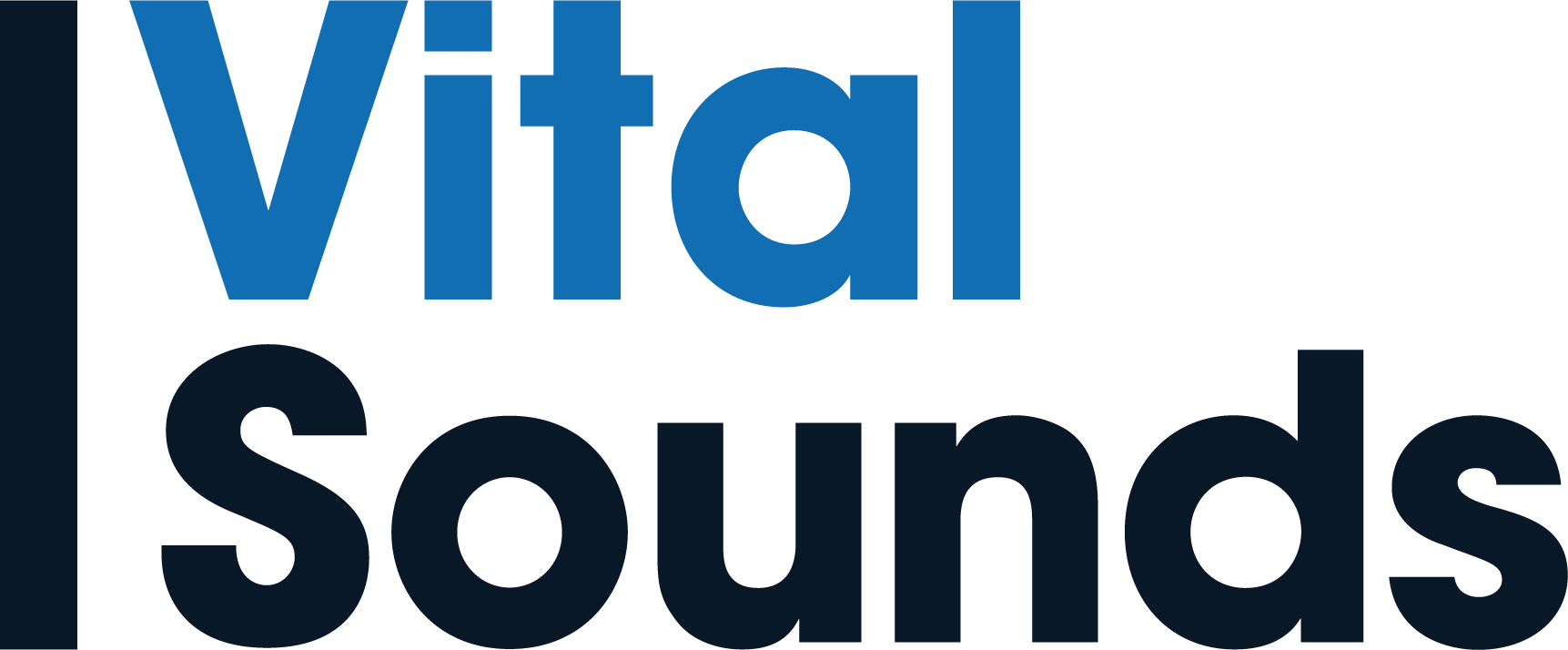By Connie Christian, MBA, CPHRM
Facility Risk Management and Patient Safety Advisor

ECRI and the Institute for Safe Medication Practices (ISMP) have released their annual list of patient safety concerns facing the healthcare industry today. The Top 10 Patient Safety Concerns 2024 is a roadmap for implementing proactive strategies and solutions that improve healthcare outcomes and the overall well-being of patients and the healthcare workforce. ECRI and KAMMCO encourage facilities and organizations to use this list to develop their risk mitigation plans and policies.
ECRI Top 10 for 2024
Download ECRI’s Top 10 Patient Safety Concerns 2024. The full Top 10 report offers action recommendations, resources, and references.
#1 Challenges Transitioning Newly Trained Clinicians from Education into Practice
Without sufficient preparation, support, and training throughout the transition into practice, new clinicians can experience a loss of confidence, burnout, and reduced mindfulness around the culture of safety. These factors may lead to a failure to recognize and rescue patients from preventable harm.
#2 Workarounds with Barcode Medication Administration Systems
Barcode medication administration (BCMA) systems are important tools for preventing medication errors. However, scanning or labeling errors may lead staff to develop workarounds, which can compromise patient safety and have serious or deadly consequences.
#3 Barriers to Access Maternal and Perinatal Care
Limited access to obstetric and reproductive care increases the risk of pregnancy-related deaths, preterm deliveries, low-birthweight babies, infant mortality, and adverse outcomes associated with unintended pregnancies and disproportionately harms people of color and other vulnerable populations.
#4 Unintended Consequences of Technology Adoption
As healthcare technologies such as electronic health records (EHRs) have been adopted over recent decades, their widespread implementation without fully appreciating their potential impact is associated with serious risks, including patient injury or death.
#5 Decline in Physical and Emotional Well-Being of Healthcare Workers
Stressful work environments affecting healthcare workers’ emotional and physical well-being have long been the norm, but the challenges that emerged during the COVID-19 pandemic have only exacerbated the problem.
#6 Complexity of Preventing Diagnostic Error
Frequent diagnostic errors and delayed diagnoses are costly and contribute to lost opportunities to deliver timely, necessary treatment for patients, risking patient harm. About half of the serious harm caused by diagnostic error is related to 15 diseases. Improving the diagnosis of the top five (stroke, sepsis, pneumonia, venous thromboembolism, and lung cancer) represents an opportunity to reduce harm significantly.
#7 Providing Equitable Care for People with Physical and Intellectual Disabilities
More than 27% of US adults have a disability, but only 41% of physicians feel “very confident” regarding their ability to provide equitable care to these patients. People with disabilities, including difficulties related to mobility, cognition, hearing, vision, independent living, and self-care, are more likely to experience higher rates of adverse health conditions, including COVID-19, mental health concerns, and abuse, violence, and neglect.
#8 Delay in Care Resulting from Drug, Supply, and Equipment Shortages
Drug, supply, and equipment shortages disrupt the ability to meet patient needs across the care continuum, often causing delayed treatment and services, worse patient outcomes, and increased health system costs. Growing shortages of raw materials, over-centralization of production, and sole- or limited-source vendor decisions may also make shortages more widespread and unpredictable, especially as natural disasters, geopolitical issues, and worldwide illnesses cause further disruptions.
#9 Misuse of Parenteral Syringes to Administer Oral Liquid Medications
Using parenteral syringes (i.e., syringes with Luer connectors that can be attached to needleless intravenous [IV] systems) to administer oral/enteral liquid medications presents a risk of wrong route misadministration if the syringe is mistakenly attached to and its contents injected into an IV line.
#10 Ongoing Challenges with Preventing Patient Falls
Patient falls continue to be the number one sentinel event reported to the Joint Commission—resulting in serious harm and death—despite the focused attention given to their frequency and severity. Unintended fall-related deaths were highest for non-Hispanic Whites and lowest for non-Hispanic Blacks for those between ages 75 and 84.
More Information
For more information on risk management, loss prevention, and professional liability issues contact Connie Christian at cchristian@kammco.com.
